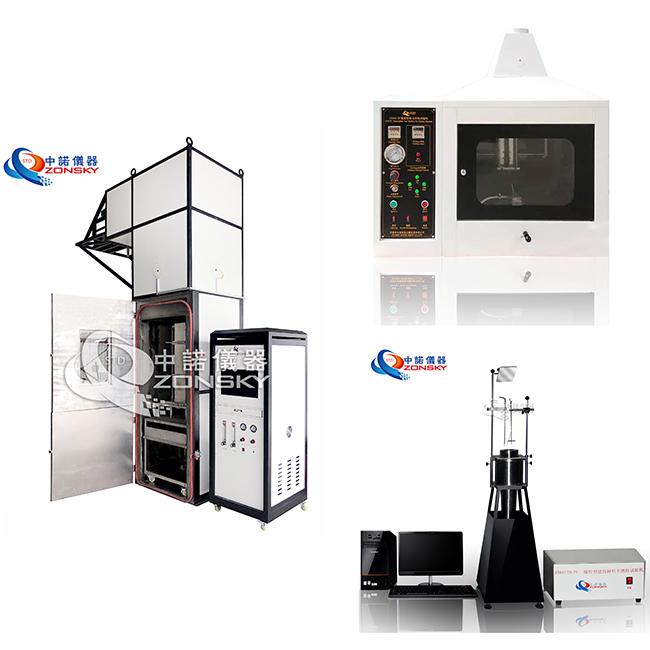What matters should be paid attention to in the incombustibility test of building materials? The non-combustibility test furnace for building materials is suitable for specifying test methods for evaluating the burning performance of building materials under laboratory conditions. Classification of combustion performance of building materials and products is cccording to the national standard EN13501-1:2007, which are divided into four grades of building materials and components: A, B1, B2, and B3, corresponding to non-combustible, flame retardant, combustible and flammable materials or products. Among them, the non-combustibility test furnace of building materials determines whether the building materials are non-combustible under specified conditions, and is used in the non-combustibility test of building materials.
 Implementation standards for non-combustibility test furnaces for building materials:
Implementation standards for non-combustibility test furnaces for building materials:
GB/T 5464 Non-combustibility test method for building materials
ISO 1182: 2010 Reaction to fire tests for building products_Non-combustibility test
GB/T 8624-2012Classification for burning behaviour of building materials and products
EN 13501-1: 2007 Fire classification of construction products and building elements — Part 1: Classification using data from reaction to fire tests
BS 476-4 Fire tests on building materials and structures — Part 4: Non-combustibility test for materials
BS 476-11Fire tests on building materials and structures — Part 11: Method for assessing the heat emission from building materials
ASTM E136 Standard test method for behaviour of materials in a vertical tube furnace at 750℃
What matters should be paid attention to in the non-combustibility test furnace of building materials? Notes are the following:
1. Computer-controlled equipment should be protected from viruses.
2. Equipped with fire extinguishing equipment.
3. At the end of the test, all power and gas sources should be turned off.
4. Use the specified voltage, and the instrument should have a ground wire.
5. When testing samples, some materials will release toxic and harmful gases. It is recommended that the test should be carried out in a fume hood, and personal protection should be done.
6. The operator cannot leave the test site during the test.
 WhatsApp:
WhatsApp: Mobile Phone:
Mobile Phone: Contact Now
Contact Now